A Doctor in a Torture State: Susan R. Matthews’ Under Jurisdiction Novels
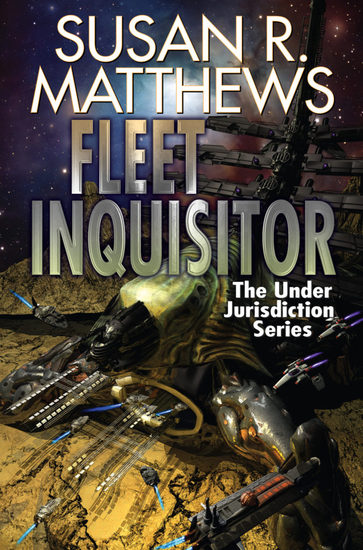 |
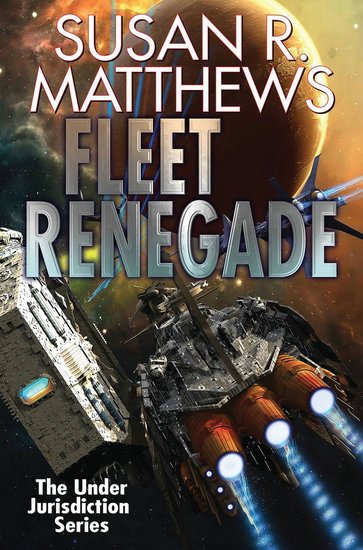 |
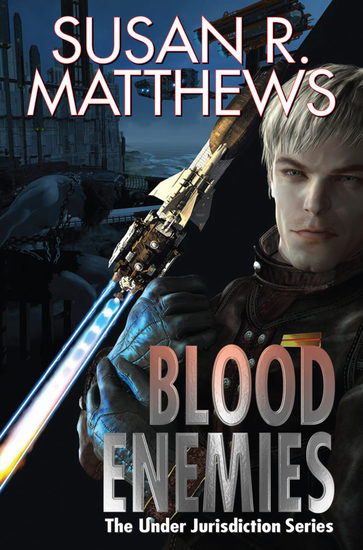 |
Baen Books continues its fine tradition of attractive, inexpensive omnibus editions of top-notch science fiction. Most recently they’ve turned their attention to the Under Jurisdiction novels of Susan R. Matthews, the tales of a doctor of conscience who is a faithful servant of the Bench, where institutionalized torture is an instrument of State. This is a grim (and often controversial) series, as Lisa DuMond noted in her SF Site review of the first two novels:
Andrej Koscuisko wants nothing more than to be a doctor: a surgeon. His father wants him to carry on the family honour by enlisting with the Fleet in its glorious fight to basically control everything. Andrej manages to resist his father’s will for a time, finally giving in only with grudging obedience and quiet resistance. Because, in his position with Fleet, he will indeed be a ship’s chief medical officer — and, incidentally, Ship’s Inquisitor… How can a person dedicated to preserving life and obliterating suffering combine the two functions of the position?
With relish. Amid the blood and screams and seared flesh of the workroom, Andrej Koscuisko will meet his personal monster. A man of honour, compassion, and empathy will find a sexual passion such as he has never known in the agony of his helpless captives. Even as he uses his wits and the amazing skills he has developed to save the lives of others.
Facing this chilling dichotomy is the first step in a life that will tear away at his sanity and self-worth… Throughout the two books, the greatest miracles are pulled off by Matthews herself… More miraculous is the sleight of hand Matthews manages with the character of Andrej. Time and again he enters the workroom to become something we can’t even let ourselves dream about. He emerges, blood-stained and aroused, only to crash into self-loathing.
The opening novel, An Exchange of Hostages, was published by Avon Books in 1997 and nominated for both the Philip K. Dick Award and the John W. Campbell Award, and came in fourth in the poll for the Locus Award for Best First Novel.

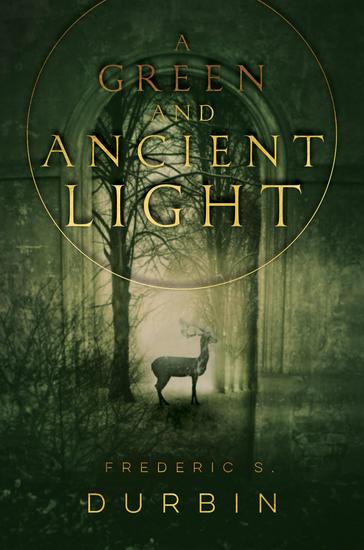
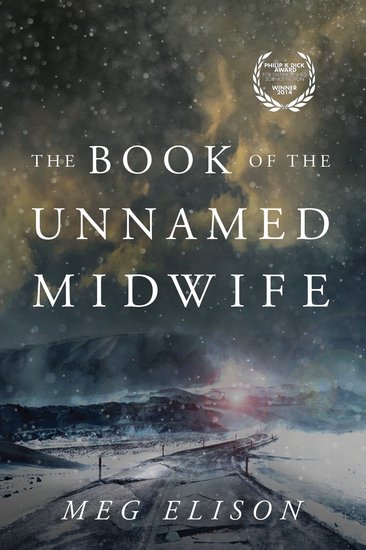

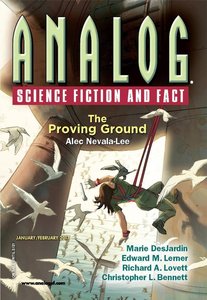
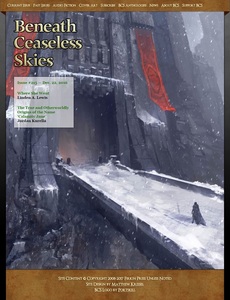
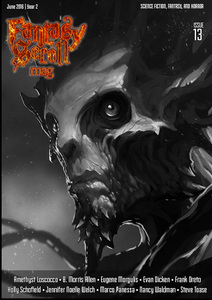
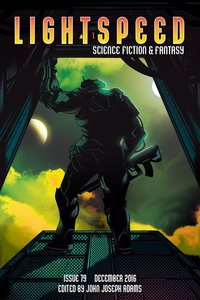




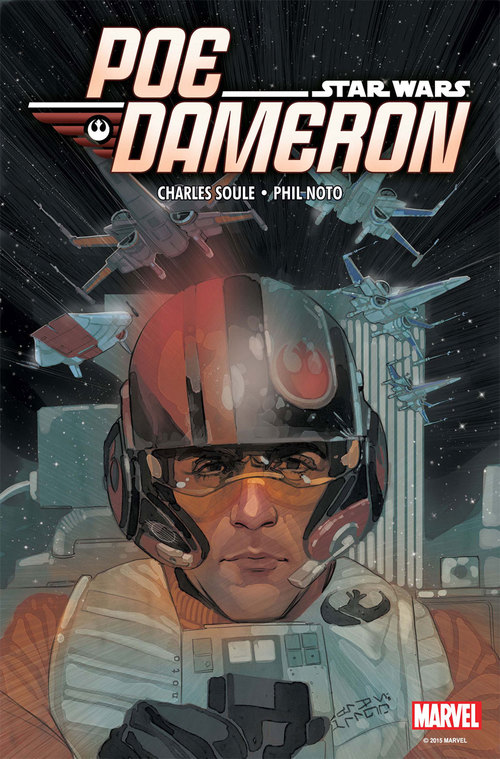
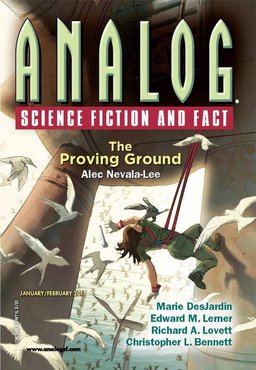
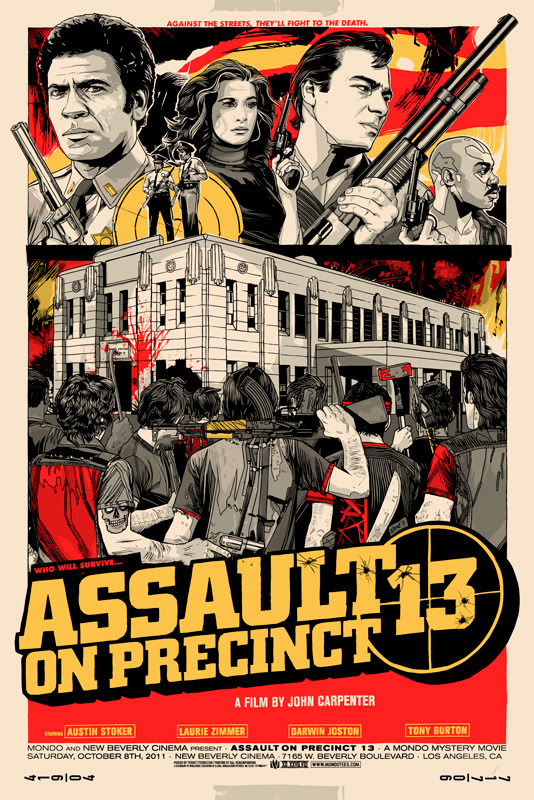
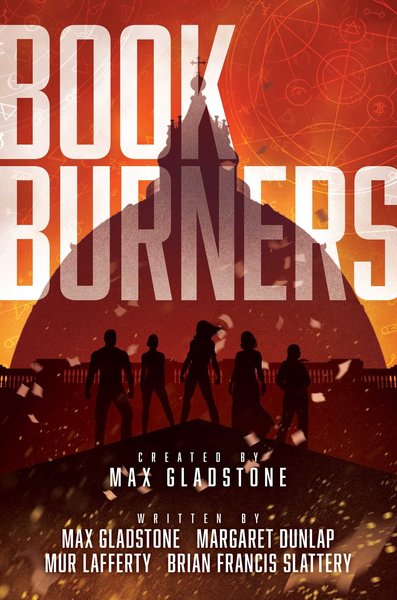
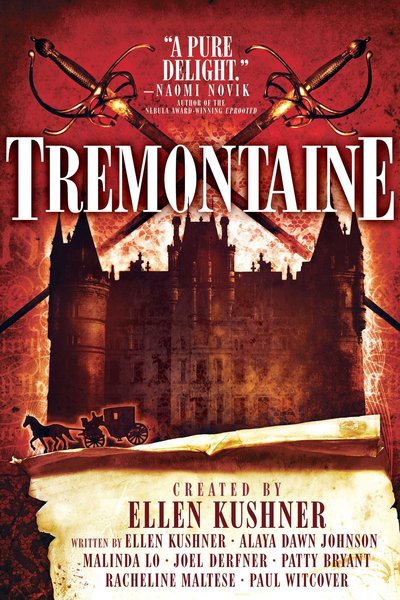
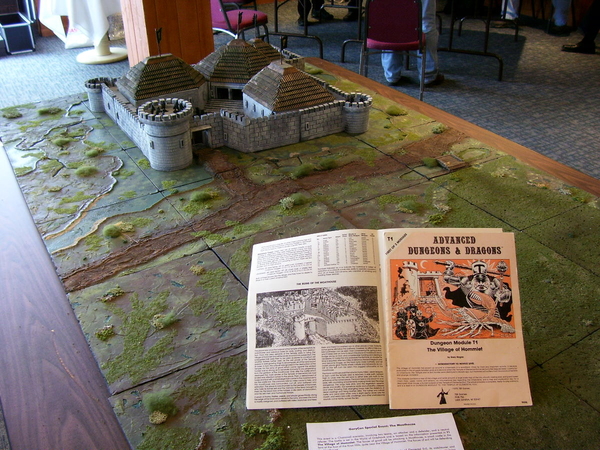
 It’s not often that we in the Fantasy and SF community get two time-travel related productions – the movie Arrival, and the TV series Timeless – at once. Even better, we’re being served two different theories of time, and time travel. (There might be some spoilers for those of you who haven’t seen either film or TV show, so watch out.)
It’s not often that we in the Fantasy and SF community get two time-travel related productions – the movie Arrival, and the TV series Timeless – at once. Even better, we’re being served two different theories of time, and time travel. (There might be some spoilers for those of you who haven’t seen either film or TV show, so watch out.)